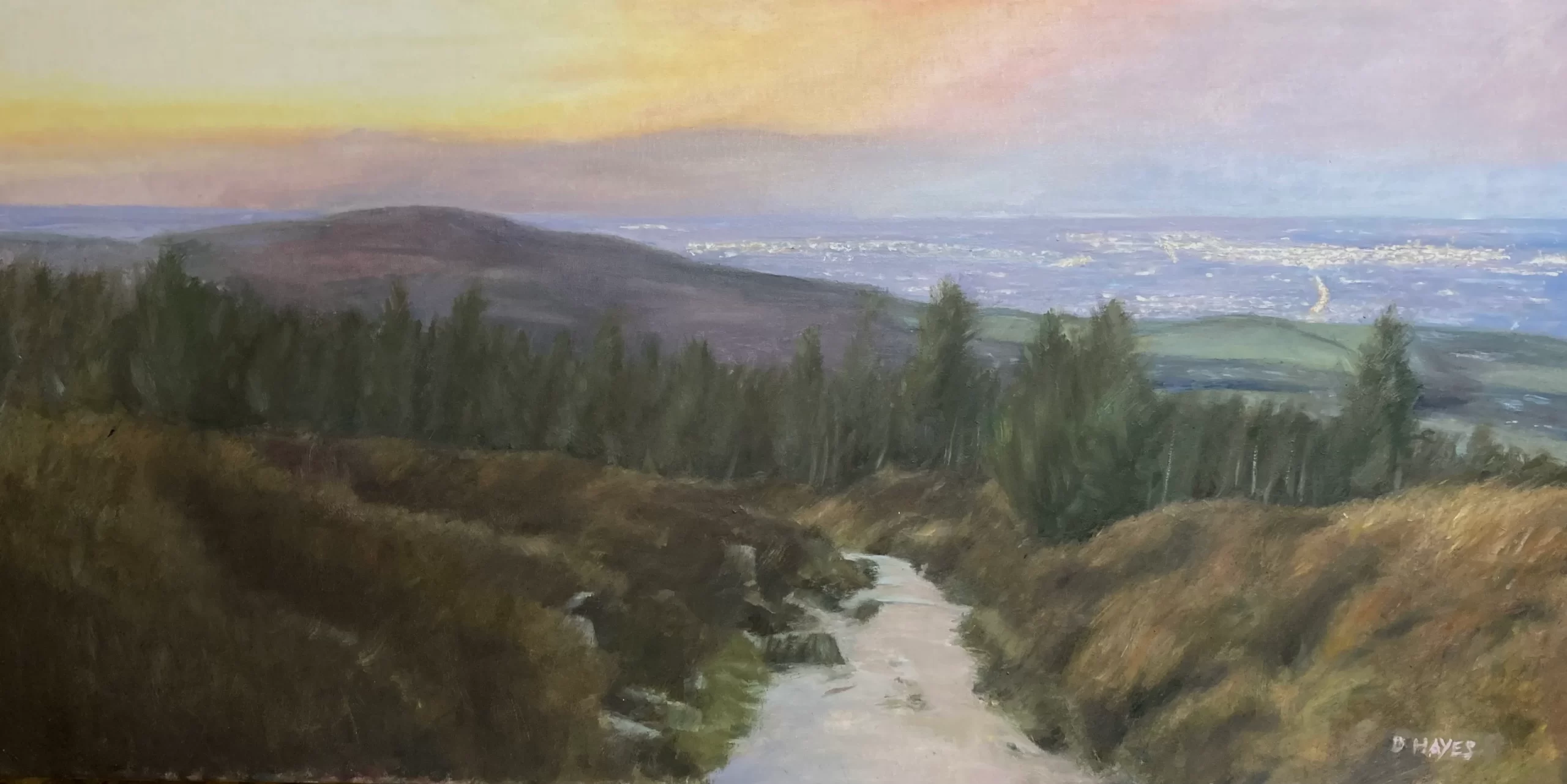Top 5 Composition Tips Every Painter Should Know

As a photographer turned oil painter, composition has always been at the heart of my work. In photography, composition is key to capturing a great shot, and as I transitioned to painting, I quickly realized that design over detail is even more important. While color, brushwork, and technique are vital, a strong composition can elevate any painting, providing structure, balance, and emotional impact.
One common mistake I see, especially with beginners, is focusing too much on picking a subject rather than designing the composition. It’s easy to get excited about a beautiful scene or object, but until you consider the structure of your painting (or your “notan”), it’s hard to create a truly compelling work. Here are my top 5 composition tips to help you design your paintings and bring them to life!
1. Use the Rule of Thirds
One of the simplest and most effective compositional techniques is the rule of thirds. Imagine dividing your canvas into a 3×3 grid by drawing two horizontal and two vertical lines. The intersections of these lines are key areas where important elements should be placed. By doing so, you avoid placing everything in the center, which can feel static and less engaging. Instead, placing focal points along the grid lines or at their intersections creates a more dynamic composition that feels more balanced.
2. Create a Focal Point
Every painting should have a focal point—a part of the composition that immediately grabs the viewer’s attention. The focal point could be a particular subject, an area of high contrast, or a striking color. Once you establish this point, you can design the rest of your composition around it, leading the viewer’s eye naturally across the canvas.
You can also use contrast to emphasize the focal point. For example, by placing light against dark or using vibrant color next to more muted tones, you can draw attention to specific areas of your painting.
3. Use Leading Lines
Leading lines are lines within your painting that guide the viewer’s eye toward the focal point or through the painting. These lines can be natural, like the edge of a river or a row of trees, or they can be man-made, like a road or fence. Leading lines create a sense of direction and depth, giving your painting a feeling of movement or flow.
To create a more dynamic composition, make sure your leading lines don’t simply point directly to the focal point; instead, allow them to gently guide the viewer’s gaze through the artwork, creating a more immersive experience.
4. Create Depth with Overlapping Elements
One of the most effective ways to add depth to your painting is by using overlapping elements. When objects overlap, they naturally create a sense of space and perspective, helping to pull the viewer’s eye into the scene.
For instance, in a landscape painting, you can place a tree or a rock in the foreground that overlaps with a distant mountain or sky, suggesting distance between the two. Overlapping objects also help to organize the composition by establishing a clear visual hierarchy, making the scene feel more three-dimensional.
By layering elements in this way, you create a more immersive painting that feels alive and realistic.
5. Balance Positive and Negative Space
One of the most important principles in composition is the balance between positive and negative space. Positive space refers to the elements in your painting, such as trees, figures, or buildings. Negative space is the area around and between those elements.
A common mistake is overcrowding the canvas with too much positive space, making the composition feel cramped or chaotic. Instead, try to balance positive and negative space to give your painting room to breathe. By leaving open, empty areas in the composition, you allow the eye to rest, which creates a harmonious overall feel.
Bonus Tip: Contrast for Emphasis
Contrast is one of the most powerful tools in composition. By intentionally placing light next to dark, or warm colors against cool ones, you create a sense of emphasis in specific areas of your painting. This contrast makes the focal point stand out even more and gives the composition an added layer of depth and drama.
Experiment with how you use contrast in your paintings, whether through value, color, or texture. Using high contrast in areas you want to highlight, and lower contrast in less important areas, will create a sense of balance and help guide the viewer’s eye where you want it to go.
Final Thoughts
Composition is the backbone of any great painting, and these tips are just a starting point. By understanding and practicing these basic principles, you’ll be able to create more engaging, balanced, and dynamic compositions. Remember, composition is about guiding the viewer’s eye, telling a story, and creating a connection with the viewer.